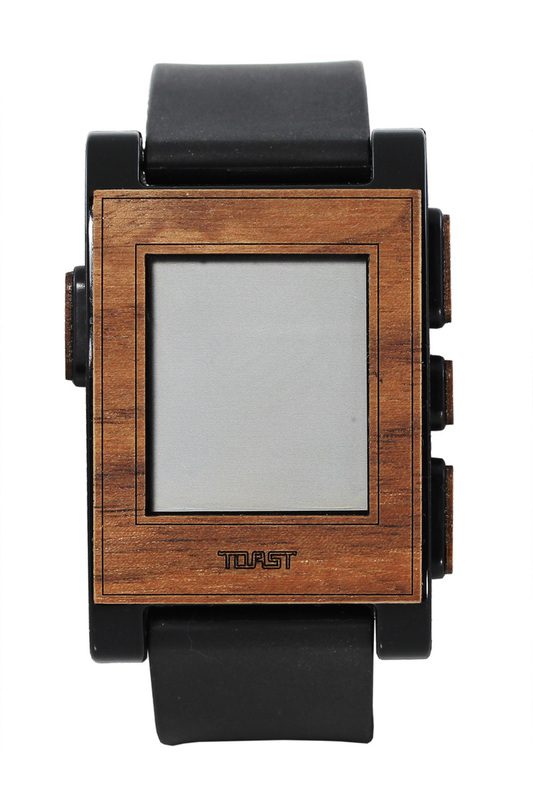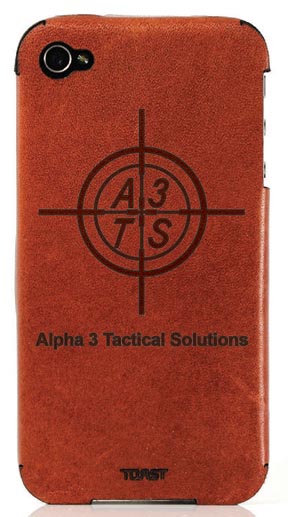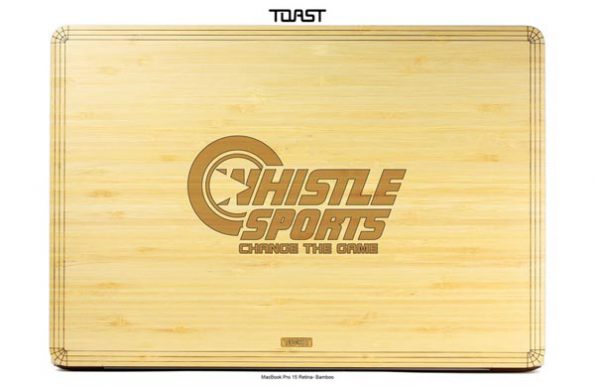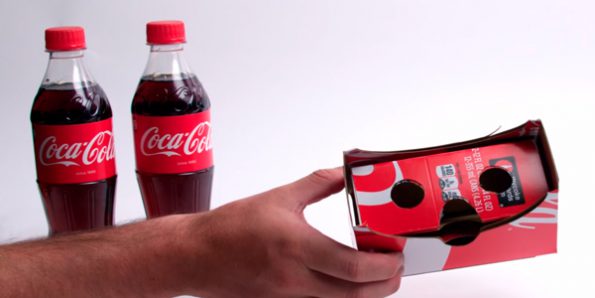Fast Forward - July 2016
Selling Sales To Millennials
 The Millennial generation has so much to offer the workforce—and not simply its sheer number of employable individuals. Uniquely adapted to working in the digital space and speedily perfecting that elusive work-life balance, it’s easy to see how Millennials could boost the success of your sales force. But why don’t they want the job? Because too many sales forces remain entrenched in 20th-century tactics.
The Millennial generation has so much to offer the workforce—and not simply its sheer number of employable individuals. Uniquely adapted to working in the digital space and speedily perfecting that elusive work-life balance, it’s easy to see how Millennials could boost the success of your sales force. But why don’t they want the job? Because too many sales forces remain entrenched in 20th-century tactics.
To get Millennials in the door, consider these strategies:
- Adjust compensation packages. Millennials seek financial stability, so a higher base pay with lower commission might be more appealing.
- Don’t make sales a desk job. Selling isn’t 9-to-5 anymore, so Millennials want the physical flexibility to meet their prospects where—and when—they happen to be at any opportunity.
- Let them network outside your prospect list. Millennials have buying power, to the tune of roughly $1.3 trillion a year, so they likely know who among their friends could be a potential new client for you.
- Meet them on their turf. The youngest of the Millennials are hitting the job fairs hard, so make an appointment to be one of those recruiters on college campuses near you.
Five Minutes With Jonathan Isaacson
Let's Get Digital
PPB While the debate over print vs. online catalogs has continued to crop up among promotional products companies, Gemline took the leap to doing away with catalogs. What prompted this decision?
 Isaacson We were hearing from a rapidly increasing number of customers that they no longer wanted us to send them a reference catalog. The main reason given to us was that they preferred to search for product solutions online. As a result, we began to re-evaluate our go-to-market strategy in terms of product marketing, which helped to frame some questions: What would be the reason to keep producing a reference catalog in 2016 and beyond? Are there any other successful industries outside of promotional products that are still using a reference catalog? In the end, we could not come up with another industry that still uses reference catalogs, and the reasons to move online were compelling.
Isaacson We were hearing from a rapidly increasing number of customers that they no longer wanted us to send them a reference catalog. The main reason given to us was that they preferred to search for product solutions online. As a result, we began to re-evaluate our go-to-market strategy in terms of product marketing, which helped to frame some questions: What would be the reason to keep producing a reference catalog in 2016 and beyond? Are there any other successful industries outside of promotional products that are still using a reference catalog? In the end, we could not come up with another industry that still uses reference catalogs, and the reasons to move online were compelling.
We looked around us and saw that virtually every industry has adapted to the digital world. The benefit of being more focused online is clear; our new website provides a better, faster and much easier way for our customers and their end users to do business. We still send our customers our printed style guides every other month, which feature both new and existing products. This gives our customers a powerful tool to proactively drive their own sales and makes Gemline more relevant and timely.
PPB What concerns or doubts about the transition did members of the Gemline team express, and how were they addressed during the decision making process?
Isaacson Change is almost always challenging, so when we presented the new go-to-market strategy, we expected a varied response. However, the team embraced the new direction the company was embarking on as they evaluated their own work environments and how they interacted with customers.
Of course, there were a number of tactical issues that came up during and after the transition. This was to be expected. We have made quick adjustments and, as a part of the process, will continue working to provide customers with the best possible experience.
PPB How did you communicate the change to your customers, and what has been their response?
Isaacson We communicated with our customers in a variety of ways and explained our new marketing approach. For the customers that were already firmly ensconced in the digital world, this has been a welcomed change. They have better tools at their fingertips and this fits neatly into their world. For some customers who like to use paper on occasion, they can continue to use the myriad of marketing tools we deploy, including our style guides. For others, this may take some getting used to or need more explanation.
PPB You’ve mentioned the need to approach other industry practices in light of advancing technologies, globalization and changes in demographics. When did Gemline start discussing the evolution of its business strategy in the context of these changes, and what other advancements or changes has your team recently put into practice?
Isaacson The reality is that our end-user customers have been changing for some time now. It stands to reason that the industry will continue to evolve as our world does around us. We are not going to be immune. We are simply trying to stay relevant in the world of Google, Amazon and Uber.
With this in mind, we have completely rebuilt our website and will continue to roll out improvements in the future. With our new site, using better, more intuitive search tools we can provide our customers with an easier way to find the solution that fits their needs.
PPB What business practices do you feel suppliers should begin phasing out?
Isaacson We are not smart enough to be able to tell somebody else how to run their business. We try to do what we believe is best for our customers and others will have to decide what they think is best.
PPB What are some of the less obvious benefits to staying ahead of the curve as a promotional products business?
Isaacson I have been running Gemline since 1994 and have seen most of our competitors from that time disappear. For the remaining competitors, they have survived through a form of natural selection. They are well-run companies with significant resources. When the world is changing, especially as fundamentally as it is today, sometimes you have to take a chance or try to do something different in order to be successful in the future.
You Say Goodbye, Brands Say Hello
Custom device cases catch consumers on the flipside
We can’t seem to put our phones and tablets down for more than a few minutes a day, but when we do, what do we see? The brains behind Portland, Oregon-based Toast hope it will be laser-etched logos, brand names or other custom images on its wood and leather device covers. In addition to tablets, laptops and smartphones, Toast makes face frames for Pebble Smartwatch.


Launched with the help of a Kickstarter campaign, Toast laser-cuts ultra-thin covers from responsibly sourced wood and bamboo, which are paired with a 3M adhesive to adhere them to devices rather than being snapped on. Customer-submitted high-res images and vector files become the templates for designs that make each cover unique to its recipient or, in the case of branding, the gift-giver. Big-name brands that have graced Toast covers include American Airlines, Nike and Nexus by LG.

Did Your Bowtie Just Change Colors?
Wearable technology moves beyond fitness trackers
Forget Fitbit—the future of wearable technology is leaving simple fitness trackers behind and focusing on smart clothing and jewelry. UK-based Juniper Research is predicting these two fields will bring in as much as $265 million in revenues in the next five years—the majority being spent in North America.
What’s different about these newest additions to the wearable-tech sector? According to Juniper, “eTextiles” are the foundation of wearable technology; material or parts of a finished garment are made conductive to activate certain components within a piece. This smart clothing may be created with 3D-printed fabrics, and textiles consisting of stainless steel and silver yarn.
Instead of measuring heart rate or calories burned, eTextiles are being crafted to detect changes in the wearer’s mood and to track athletes’ positions in real time during play or practice; other styles may employ motion sensors to activate design patterns and light elements.
Smart jewelry is ripe for use with notification apps. Necklaces and rings can be programmed to send GPS alerts or make an automatic call to preset numbers in case of emergency. Other wearables, such as the Netatmo JUNE smart bracelet, provide an app-driven UV-sensing device to help wearers avoid overexposure and sun damage.
And that bowtie? Produced by Sony using ePaper, the bowtie is crafted from electronic paper that’s programmed to change designs on a whim. The ePaper is also the basis for Sony’s minimalist FES watch, which became available at retail late last year. Though it has none of the capabilities of a smartwatch, the FES’s clean design and clever motion sensor earned it enough backing from a Japanese crowdfunding site to bring the project to fruition. The watch is being sold through a handful of Japanese online stores for just under $250.

Marketing In A Virtual World
Early adopters of advanced personal technology scrambled to get their hands on virtual reality (VR) devices like Oculus Rift, which offer users an immersive experience, when they were finally released in March. Savvy brands such as soft-drink giant Coca Cola were among the first to see VR as a platform for more effective brand exposure among consumers through unique storytelling. The company developed the Coca Cola Packaging Viewer—packaging that can be converted to a VR viewer—to engage with teen consumers while increasing sales of products among that age group.
Navigating a new marketing field holds endless possibilities but also can lead to huge missteps. Guido Rosales, former integrated marking director for The Coca Cola Company Europe and a guest speaker at the Virtual Reality for Global Brands Conference in June, shared these tips for making virtual reality marketing more successful:
1. Focus on the brand message and story, then decide how VR can enhance it.
2. Create buzz around the message, not the technology.
3. Earn additional media by connecting the brand story with other consumer touch points, and rely on VR to maximize brand exposure.

